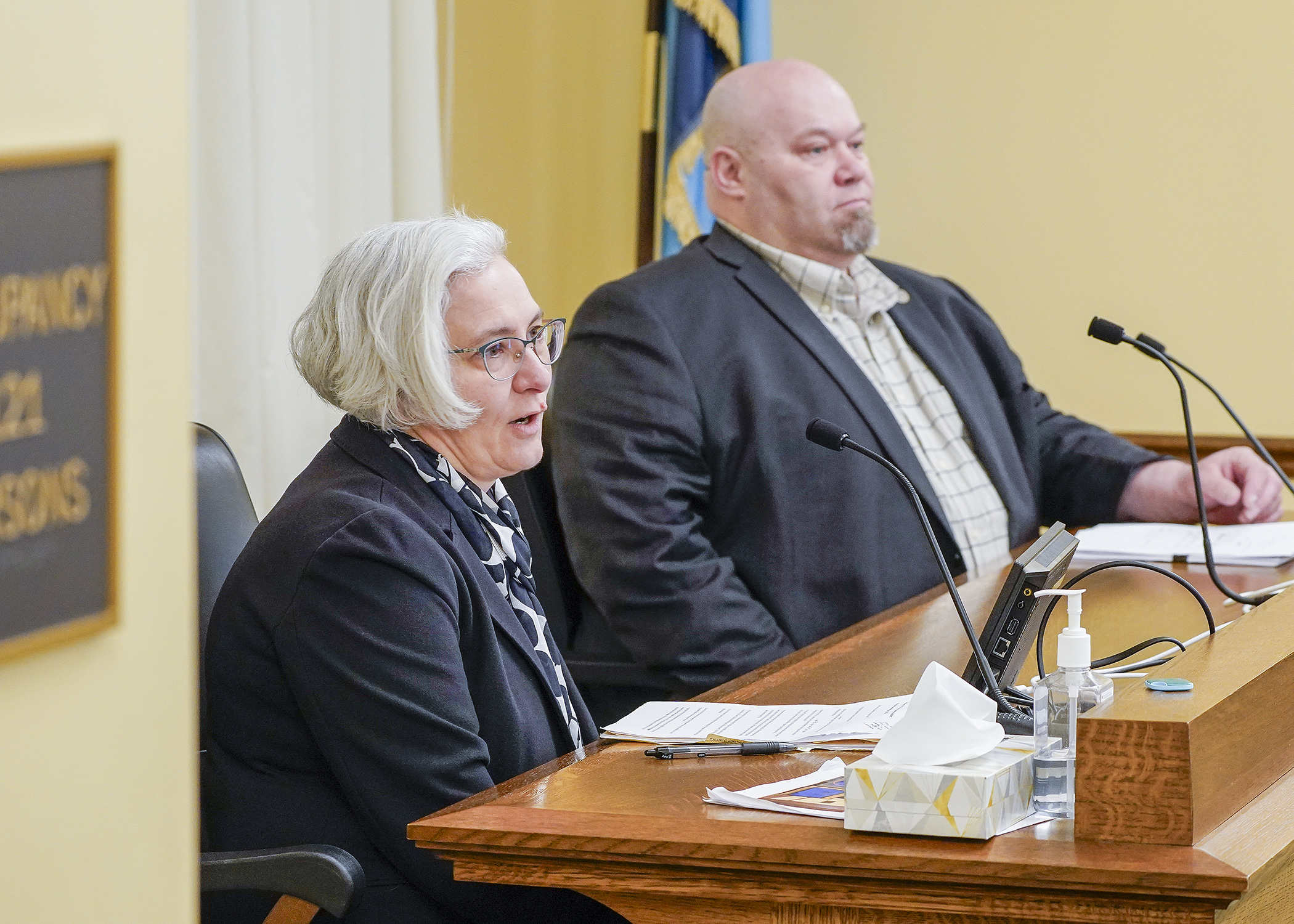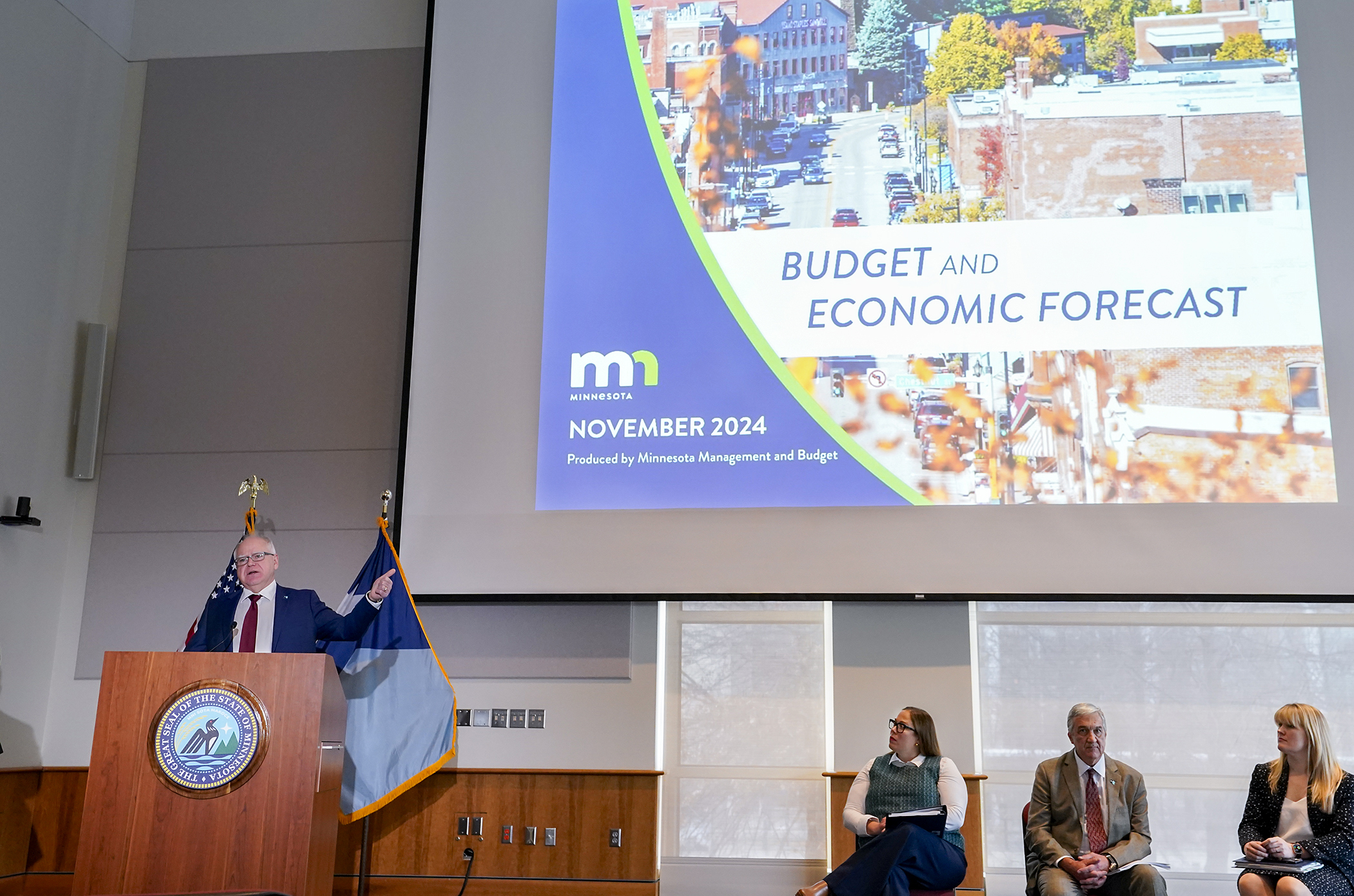Bill would eliminate Minnesota's lowest income tax tier

What would happen if we took Minnesota’s lowest income tax rate of 5.35% and eliminated it altogether? That is, what if there were a “zero bracket,” at which those under a certain income level would pay no income tax at all?
That’s the aim of HF812, a bill sponsored by Rep. Mike Wiener (R-Long Prairie). It would eliminate the first tier of the individual income tax, making it so married taxpayers would not pay any tax on the first $47,620 of Minnesota taxable income, and single taxpayers would not pay any tax on the first $32,700.
On Wednesday, the House Taxes Committee laid the bill over for possible omnibus bill inclusion.
“This is tax relief for the hardest-working people in the state of Minnesota,” Wiener said. “We’ve become the highest marginal state for individual income tax. And it’s got the highest rates at the bottom income bracket. We are taxing people out of our state. We’re uncompetitive with our neighbors. … This would cut the lowest tax bracket in order to make life livable in Minnesota.”
When accounting for the standard deduction and dependent exemptions, married couples filing jointly with no children would have to earn $77,520 to owe tax before employing other tax credits. With one child, they would pay no income tax if earning up to $82,720. With two children, the total would be $87,920.
An unmarried taxpayer would pay no taxes on earnings up to $47,520. For a head of household with one child, the total would be $67,800. For a head of household with two children, it would be $73,000.
Such totals don’t account for the child tax credit, working family credit, child and dependent care credit, or K-12 education credit.
The Revenue Department estimates that the bill’s changes to the state’s tax code would reduce the General Fund by $3.79 billion in tax year 2025, then around $4 billion in each of the next four tax years.
The department also estimates that, for tax year 2025, an estimated 2.4 million returns (about 80% of all returns) would see an average tax decrease of $1,586.
“I know, in the state of Minnesota, we’re looking at a tax deficit,” Wiener said. “If this bill were to pass, it would leave us with a hole in our budget. Which kind of turns into a circular argument. We can’t cut the tax bracket because we need the revenue to pay for the programs to help the people in the lowest tax bracket.”
But Rep. Andy Smith (DFL-Rochester) said the bulk of the bill’s benefits would go toward Minnesota’s highest earners, while Rep. Aisha Gomez (DFL-Mpls) listed examples of what services would have to be cut to make up for the loss in revenue.
“This is using a chainsaw to do what a scalpel should be doing, if you really want to help low-income people,” Gomez said.
Related Articles
Search Session Daily
Advanced Search OptionsPriority Dailies
Ways and Means Committee OKs House budget resolution
By Mike Cook Total net General Fund expenditures in the 2026-27 biennium will not exceed a hair less than $66.62 billion.
That is the budget resolution approved Tuesday by the House Ways...
Total net General Fund expenditures in the 2026-27 biennium will not exceed a hair less than $66.62 billion.
That is the budget resolution approved Tuesday by the House Ways...
Minnesota's budget outlook worsens in both near, long term
By Rob Hubbard It looks as if those calling for less state spending could get their wish, judging from Thursday’s release of the February 2025 Budget and Economic Forecast.
A state su...
It looks as if those calling for less state spending could get their wish, judging from Thursday’s release of the February 2025 Budget and Economic Forecast.
A state su...